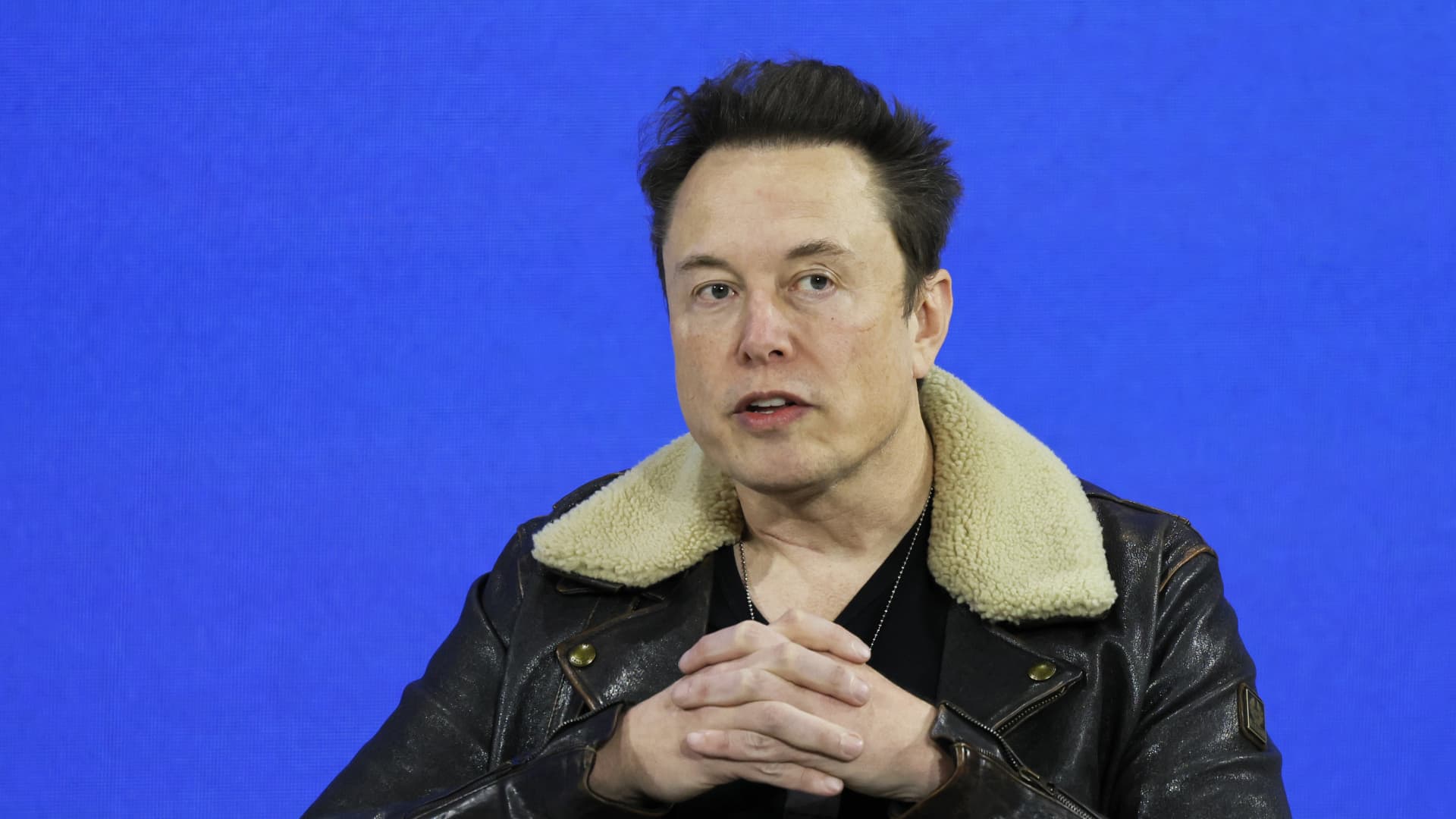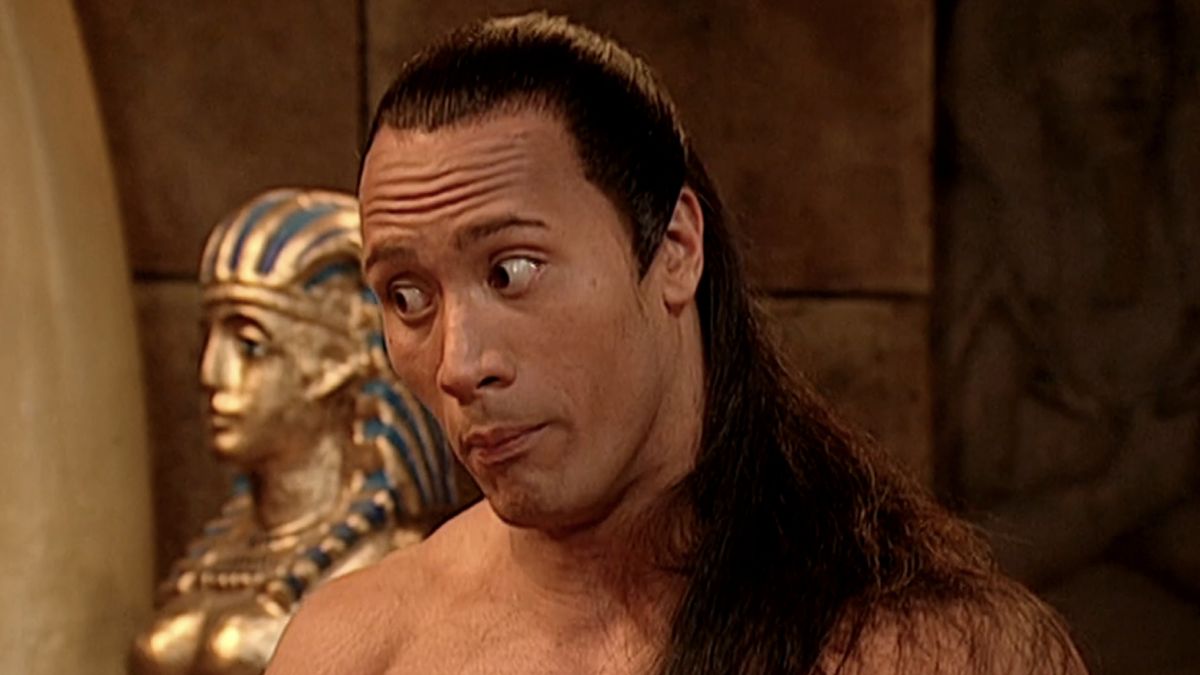The metaverse mogul behind a record investment in virtual land is about to start development.
Tokens.com paid more than $2 million for space in Decentraland, one of several burgeoning platforms in the metaverse, in November of last year.
In an interview, Tokens.com co-founder and CEO Andrew Kiguel said, “several big names are about to be part of an online fashion show” on the virtual plot. Kiguel said fashion labels Tommy Hilfiger, Cavalli, Elie Saab, Dolce & Gabbana, Etro and fragrance company Paco Rabanne have all signed up to participate starting March 24. The show will run over three days. There will also be several big name DJs and an after party sponsored by Mercedes-Benz.
Kiguel describes Decentraland, one of the platforms his company is focused on, as a different kind of NFT, or nonfungible token. Anyone can buy virtual land on the platform. In the case of Decentraland, you have to use a form of digital currency called MANNA, which can be purchased only with Bitcoin or Ethereum.
Users can then go to the site to see what’s for sale.The parcels have been purchased already, but many are available secondhand. The price fluctuates just like real estate in the physical world.
As for Kiguel’s November purchase of land in Decentraland, his team follows transactions there closely. They knew who owned what, and they knew where they wanted to buy. The transaction was registered on a blockchain, which acts as a digital deed in the metaverse.
There isn’t infinite space on metaverse platforms. Worlds have beginnings and endings. Kiguel likens it to a Monopoly board.
“Decentraland has 45,000 properties you can buy, 45,000 little pixels,” he said. ”There’s actually 90,000 pixels up on the board, but some of them are not for sale like lakes, rivers, trees, the fountains in the downtown core, these are the areas that are kept by the foundation for beautification purposes.”
Decentraland’s creators wrote code that doesn’t allow expansion in their metaverse, so land is in a limited supply, just as in the real world.
What makes land more valuable? In most cases proximity to something else with heavy traffic. In the metaverse, you click to get somewhere. You don’t need to walk, drive, fly or take the subway. Kiguel explains it this way: “The museum district has a whole bunch of NFTs and things on display, so when you’re walking through, it’s a little bit like being in a city, you see a building here you see something else there.”
Amusement parks and other attractions also exist, designed to draw people and their digital representatives, called avatars, into the action. There’s a belief those avatars will use money or cryptocurrencies to shop for goods online. Some of those goods may have value in the real, physical world. Others may simply be for avatars who want to have the latest metaverse fashion like virtual hats, shoes and shirts.
While Decentraland’s platform is purely fictionalized, another leading idea in the metaverse combines the real world with the virtual. Hrish Lotlikar, co-founder and CEO of SuperWorld, designed a system that takes space in the physical world and allows users to buy the virtual equivalent on city blocks.
Lotlikar describes his metaverse as “being built on top of the real world.” Blocks sell at an original price of $390, but the value increases or decreases in the second market. SuperWorld is aiming to have real-world utility allowing users to leave NFTs, holograms or messages on the platform that people could find if they visit the real-world equivalent in those city blocks. Among other things, those messages then show up on a user’s phone when they enter a place, like a restaurant, designed to house the message.
“When you’re buying land, what you’re buying is a nonfungible token,” said Lotlikar in an interview earlier this month. ”You’re buying a digital asset that allows you to earn a share of all of the economics that happened on that plot of land.”
SuperWorld makes money by taking a 10% cut of all business done on anyone’s property and by taking another 10% when land changes hands in a sale.
Despite all the recent hype and sudden growth, the metaverse concept isn’t new. For example, the site Second Life has been entertaining and providing online commerce for almost 20 years.
Brad Oberwager, the executive chair of Linden Labs, which owns Second Life told CNBC in a recent interview, “the metaverse isn’t a game, you don’t play in Second Life, you reside in it.” Oberwager criticized the price volatility in new metaverse sites, saying “if the value of the house that I rent went up and down 50% in a day, I couldn’t live like that.”
In Second Life customers rent land and build on it. Oberwager says Second Life is now a $650 million real economy.
The company is also hoping to launch a payment system they hope will become the bank to the metaverse allowing customers a more streamlined way to move money into virtual economies.






